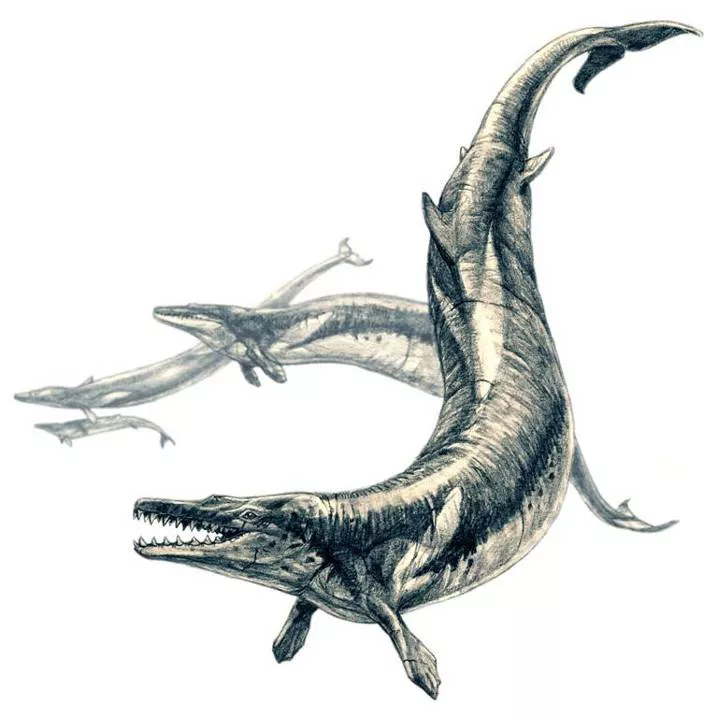Prehistoric whales got bent
Biologists have discovered signs of decompression syndrome – the bends – in several different whale fossils, a finding that could revise the evolutionary history of deep diving.
A team of paleobiologists surveyed hundreds of modern and ancient whale skeletons for decompression syndrome, which occurs when quick pressure changes force air or fat bubbles out of blood vessels.
Such damage would have been common when whales first began plunging into the depths of the ocean, says Brian Beatty, of New York College of Osteopathic Medicine in Old Westbury, US, who led the study.
However, modern whales have evolved exquisite adaptations to fight the bends. Some exhale before they dive to clear their lungs of nitrogen gas that could form bubbles, and many whales allow ample time between dives.
To determine when the anti-bends adaptations first arose, Beatty and colleague Bruce Rothschild, of University of Kansas Natural History Museum in Lawrence, examined samples of ancient and modern whale vertebrae. When gas or fat bubbles form in the blood vessels that feed bone cells, the vessels can burst and seal off the oxygen supply to the cells, resulting in tiny lesions that can be detected by X-ray.
"It's a measure of small regular damage and not necessarily something traumatic," Beatty says. None of the 331 modern whale vertebrae showed signs of decompression syndrome, while a handful of the thousand ancient whale bones contained such marks.
Most researchers have assumed that the common ancestor of toothed and baleen whales was a deep diver. But baleen and toothed whales may have evolved such changes independently. Signs of decompression were found only in very ancient specimens of toothed whales, while more recent baleen whale fossils showed damage, suggesting that baleen whales only evolved their defences much later.

























